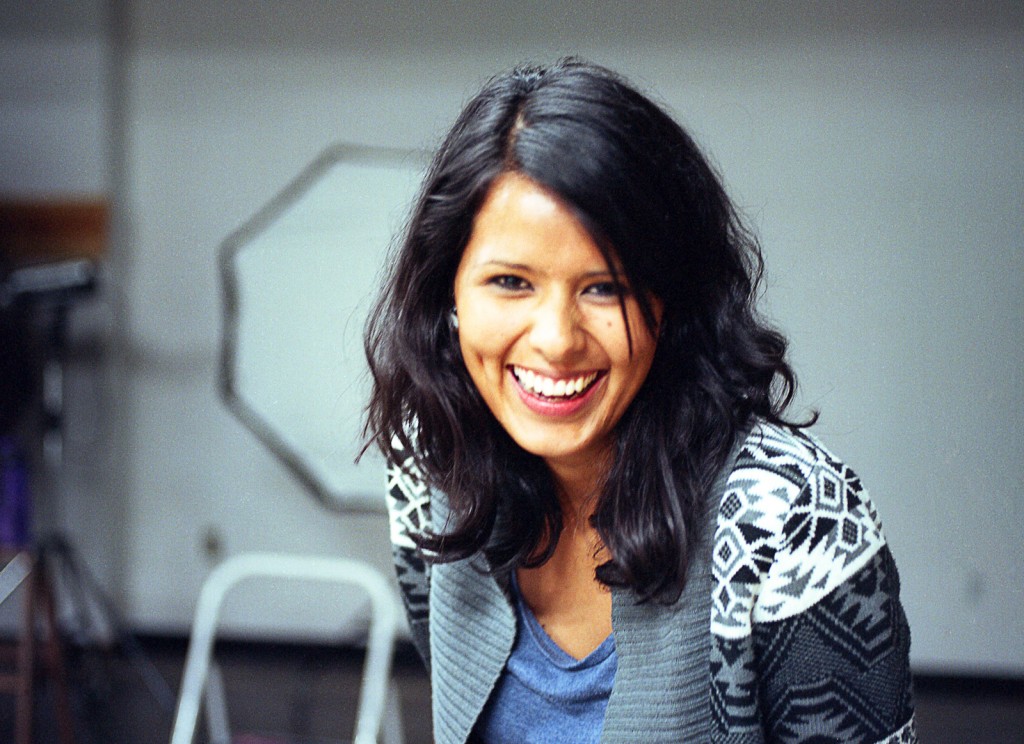“All photographs are self-portraits.”
– Minor White, LIFE Magazine article
For Minor White that certainly was true. His goal was to channel his connection to the subject and use that to help others see, if not what he saw, something beyond the mere image. The facts of the image were not important, it was the representation in the eye of the viewer that stood important for White. This is the image vs. effigy debate that Thomas Kellein described in Time Exposed. The only difference here is that image vs. effigy was being practiced in Japan long before it was being practiced in the United States, which is something I discussed in my paper. But I digress…
I was with the UH Photography Students Association last week. I felt bad because this was the final official meeting of the school year and I had yet to attend a meeting or contribute in any fashion this past Spring semester. I had my trusty Pentax 645 with me, loaded with some expired Kodak Portra 400VC. I decided to take some photos while official business was conducted (it is, after all, a photo club). For the most part the photos came out well. All of the candid shots, in terms of technical factors such as composition, exposure, focus, etc, were good photographs. There were, however, 3 photos in which the subject (or one of the subjects) was engaged with me. In each one, the engaged subject was out of focus.
This is an example of one of the photos of which I am writing:
First of all, congratulations to Brenda for her appointment as the new president of the UHPSA. In terms of composition, this image could be considered flawless by some. There is no vector pointing straight at her head, she is prominent, the geometric shape behind her offers some grounding (some could even make the argument of it being a hagiography). Brenda is fully engaged with me with her genuine smile. I honestly can’t remember what made her smile, all I know is I was happy to get a genuine show of emotion. Everything looked perfect in the viewfinder, even the focus. So, I pressed the shutter and waited anxiously as my local lab processed this color film. This photograph is technically flawed because of the fact that, while she is mostly in focus, there are critical areas of the image that are out of focus, especially her eyes. Of course, this is a formalist reading of the image, and one that would often get an image rejected out of hand. Why is it, then, of all the others I took, this is perhaps my favorite image from the roll?
My evolving understand has given me the answer. This image, while technically flawed, is conceptually correct when I think of what Minor White had to teach us. I look at this image of Brenda and I see that, although I have some knowledge, my understanding of it all is not quite clear. Brenda is the image. The effigy is my understanding that is not quite clear, but may soon become clear. Remember, the photographer is part of the photograph, whether he is in the frame or not.
Another reading of this image could be that her being out of focus is a subconscious effort on her part to keep me at a distance in terms of knowing that subject. It is by no means an invalid reading, but that discounts the circumstances around which the image was created. In this case, we were trying to resolve the fact that she had ruined another “Decisive Moment” shot (all in good fun, of course).
I wonder if the Psychologist would say that when I have to actually engage someone, I tend to shy away, which causes me to lose focus and, therefore, not gain understanding. That is something to ponder, but that’s a different entry in an entirely different journal.
I think tonight’s intellectual exercise in art is complete. I will look at it again tomorrow to try to divine what it is it’s not telling me, but until then, it’s bedtime for this photographer. Goodnight, everyone.
